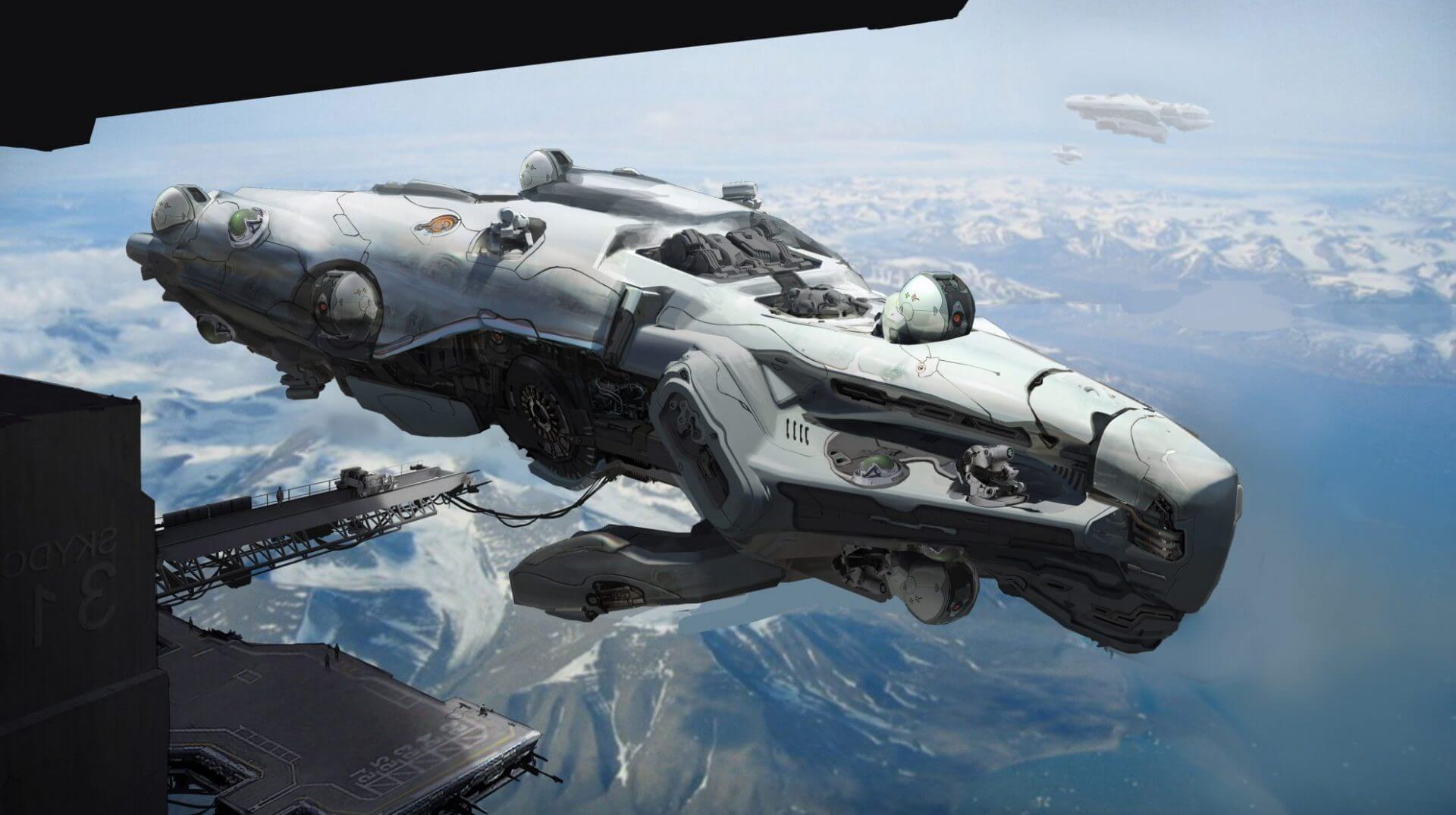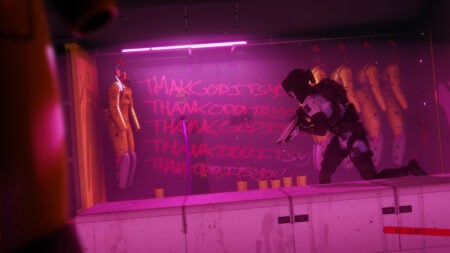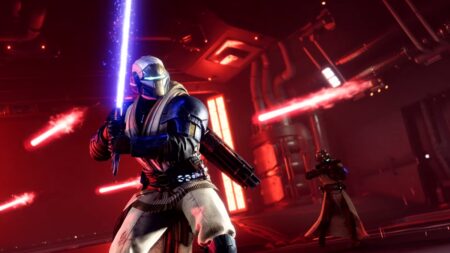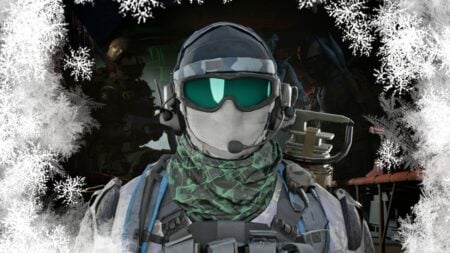Skip To...
Dreadnought, from Grey Box, is the very definition of bigger is better. As the mercenary captains of some of the largest vessels in the galaxy, players take part in titanic 5 vs. 5 battles across asteroid belts, planetary installations, and crumbling space stations, earning themselves glory, reputation, and no small amount of cash. This is not a game of tiny fighters and pathetic ground assaults, this is a game that puts you in charge of the most enormous, powerful and earth-shattering ships and weaponry that Humanity has created. If you want to feel powerful and skip straight to the big guns, Dreadnought is the free-to-play game for you when it releases later this year.
We’ve covered Dreadnought‘s ride to glory before, and we have been lucky enough to be invited to participate in the Closed Beta. But we don’t want to hog all the fun – here are our first few impressions of the game that Dreadnought currently is and could be on release.
[embedyt] https://www.youtube.com/watch?v=sVRHZDX7itk[/embedyt]
The Dreadnoughts
Let’s start with the stars of the show. The dreadnoughts themselves fall into five classes, each unique in their profile, overall size, and individual combat role. You have Corvettes, the small, sleek, stealthy damage dealers; the supporting and healing Tactical Cruiser; the long-range sniping Artillery Cruiser; the all-rounder ship-of-the-line Destroyer; and, of course, the hulking Dreadnought, largest and slowest of all the capital ships. Each of these play and more importantly feels different. Dreadnoughts feel appropriately bulky, slow and powerful while Corvettes are more maneuverable and zippy. All of them, however, are gorgeous vessels and are easily contenders for some of the most interesting and beautiful vessels in gaming.
Within each of these categories, the vessels are broken down into ship models as well, granting further diversification to your dreadnought line-up, though they will still generally follow their specific roles. One Tactical Cruiser, for example, may be able to hold its own in combat due to increased armour but will suffer in speed for it. Meanwhile, a different model of Tac-Cruiser may be completely reliant on the more battle-ready ships for defense, but has incredible healing and support abilities. These different classes are unlocked by playing (and winning) matches, as well as fulfilling ‘contracts’ – missions that challenge you to kill a certain number of enemies with a certain class of vessel, for example.
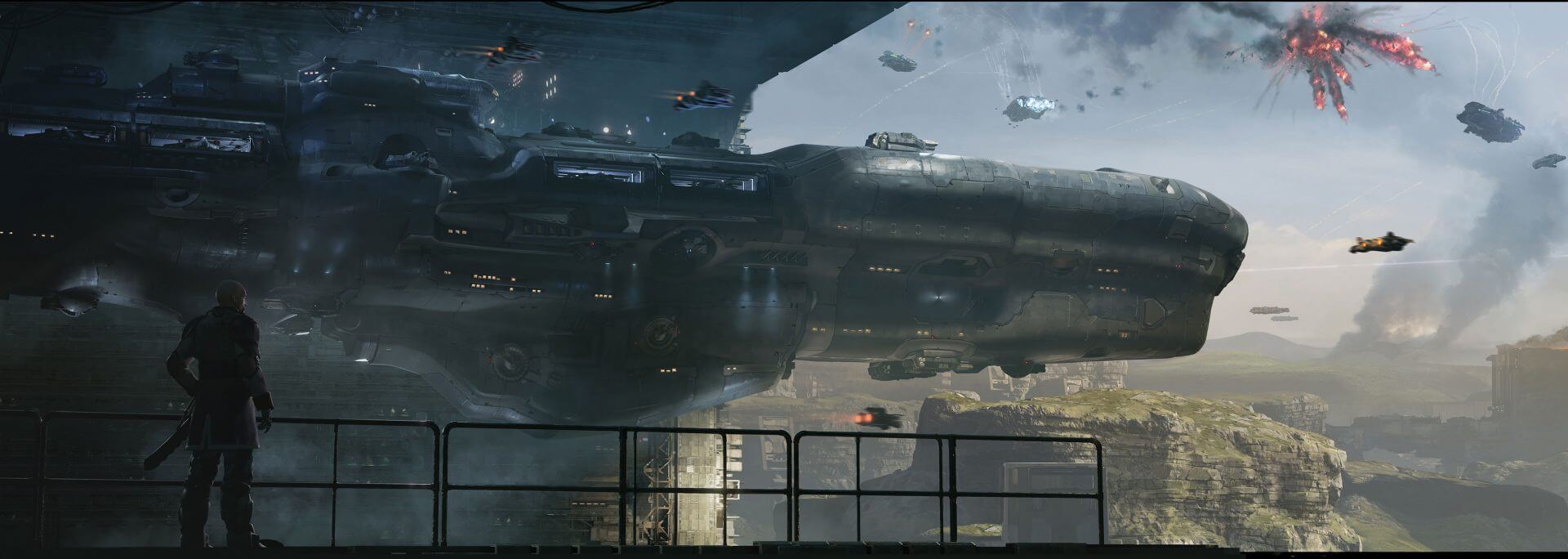
What this amounts to is a type of ship for every player. Want to be a stealthy assassin smashing out the enemy artillery? A speedy Corvette with high speed and low armour is for you. Want to tank everything they can throw at you? Just work your way towards the Monarch Dreadnought. This also results in a number of different workable tactics during combat, as a team made up of the same proportion of each ship class could be completely different to a similar team due to the model choices. No two combat scenarios are ever the same, and you’ll quickly need to learn what each ship profile is and what it is capable of if you want to win.
Speaking of fighting…
Combat
Combat in Dreadnought is a game of glacial chess. Tactics and strategy are the keys to winning here – correct positioning and careful teamwork are paramount, and an uncommunicative or uncooperative team will quickly find themselves taken apart by the opposing forces with cold-blooded efficiency. However, the actual direct combat itself is extraordinarily fast-paced, often over before the loser knows what is happening. You set up for the kill, then spring the trap. There is the occasional skirmish and long-distance exchange of shots, but these are mere appetizers preceding the banquet of mayhem that awaits as the two opposing teams inch closer to one another and eventually unleash their full armoury of cannons.
The slow-paced strategic element creates a great deal of the appeal of Dreadnought. It emphasizes measured thought where other games focus on running and gunning, and gives you the chance to really work with the other four players on your team instead of rushing ahead into glory – a tactic that ends in certain death for the unwise player that attempts it. Instead, good teams scurry around, taking pot shots at exposed foes and trying to find some way to flank around. Weaponry in Dreadnought is effective at different ranges, and many of the powerful choices can only fire within a specific angle. Get outside of that angle, and the opposing ship is a sitting duck.
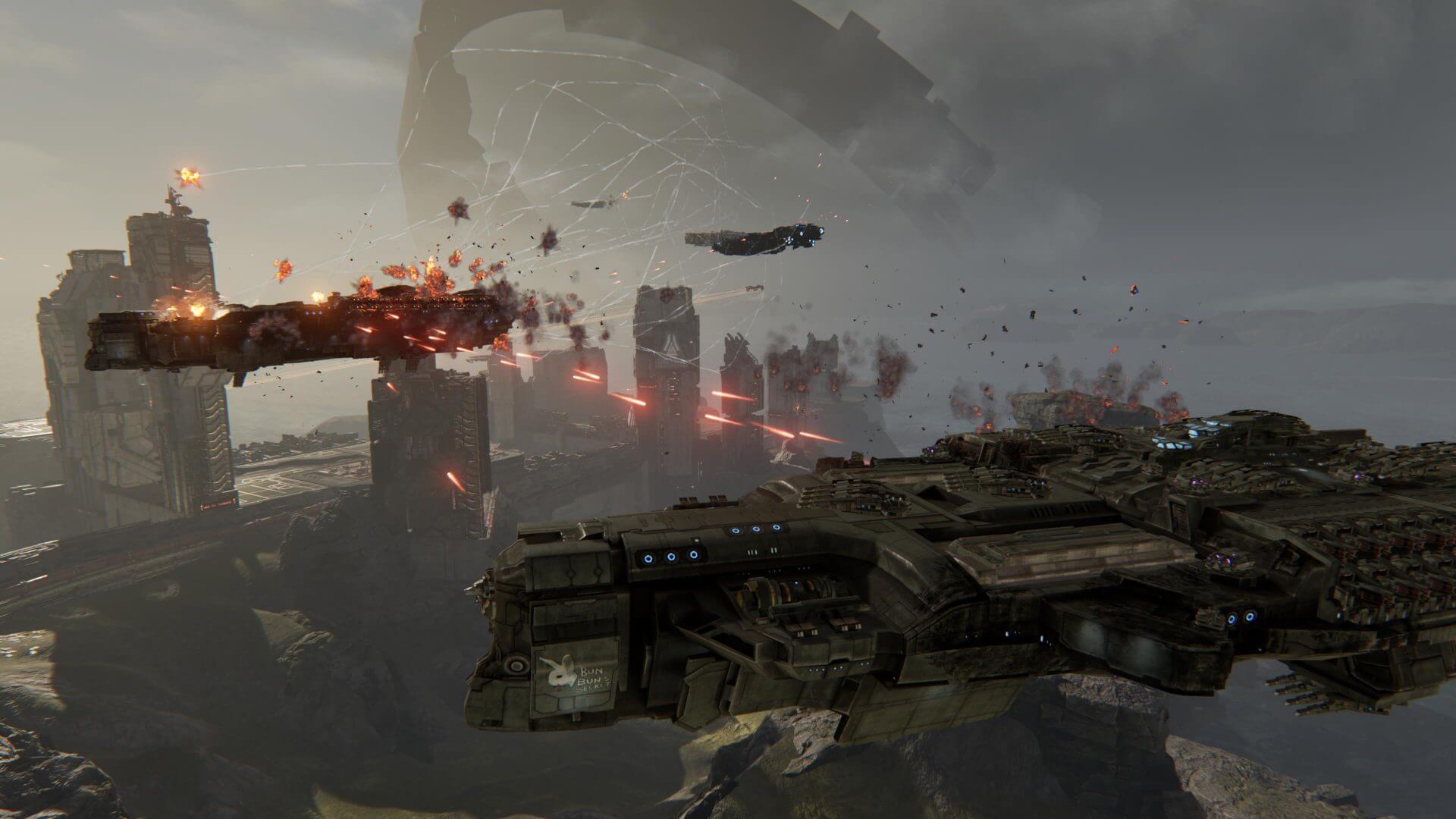
Furthermore, there is a great deal of combat-centric customization in terms of skills and abilities. Each ship class has a certain set of abilities, and even in this beta, they are diverse and have a range of different functions. Each vessel gets four of these abilities during a match, which recharge at different rates, and can range from self-healing to tactical nuclear missiles. With the right build, you can become extremely self-sufficient, or if in a team, complement your allies perfectly. This mixed bag of abilities puts even further emphasis on the play/counterplay combat of Dreadnought, where your tactical nuke could be knocked out of the sky if the enemy has the right ability. In this way, it is like Battlefleet Gothic: Armada, though on a smaller scale.
Higher ranked players get a more diverse range of these abilities, as well as weapons, so rather than more experienced players simply having better weapons, they just have more options. It reminds me somewhat of Planetside 2 in this regard, where weapons are intended to be ‘sidegrades’: Weapons that lend themselves better to certain situations rather than just being more powerful than the previous tier. It’s a nice method, and means that newbies are being blown apart by more-skilled players rather than just better-armed ones.
One thing I am particularly looking forward to seeing is controller support. Currently, this closed beta title does not have it at all, though it is apparently in the works. Because movement is so important, the added sensitivity granted by an analogue stick will be a welcome relief compared to the binary of keyboard controls. No flight stick support, which is a shame, but it would not lend itself particularly well to the control scheme being used, so perhaps that is for the best.
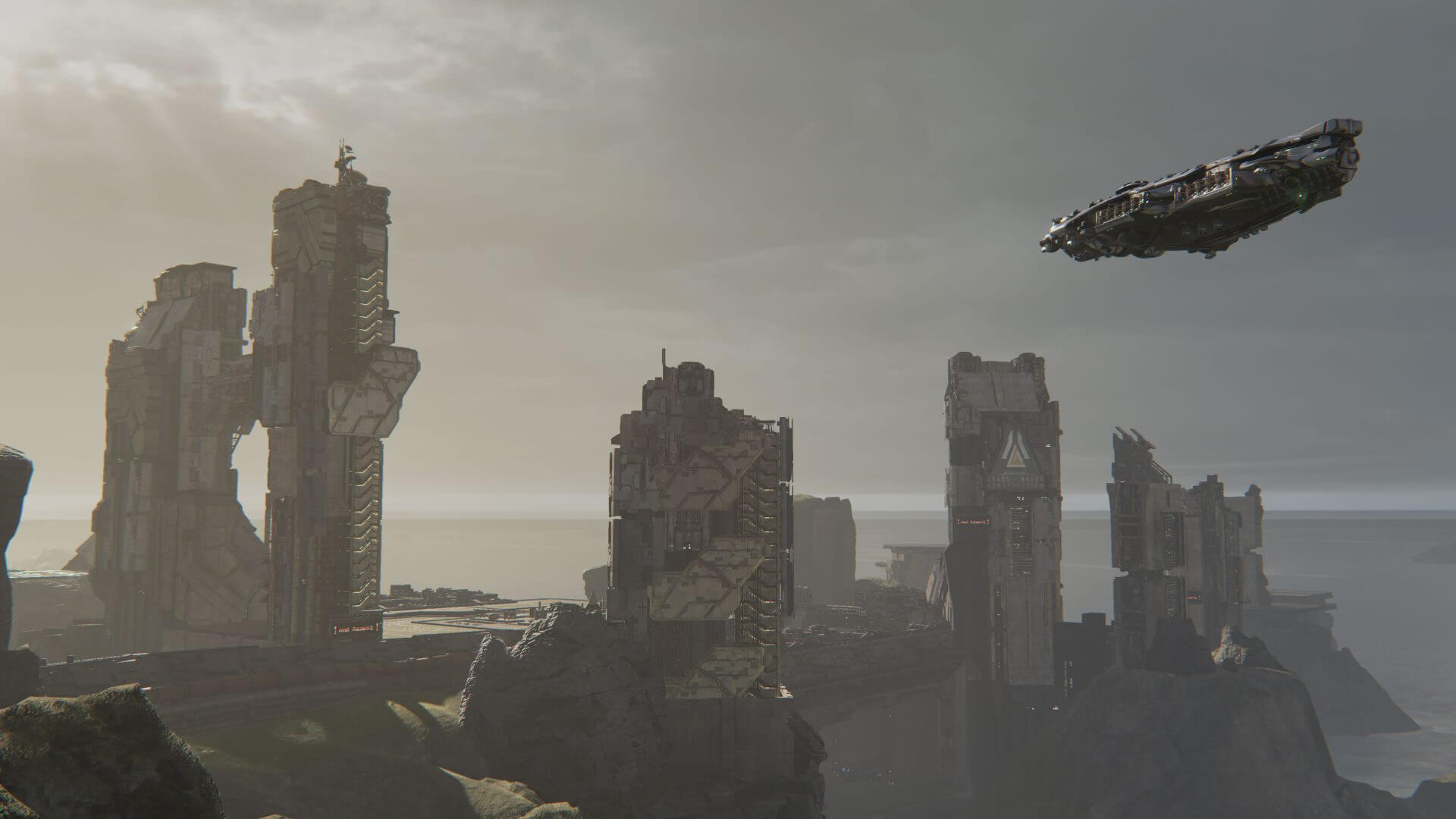
Maps and Modes
So far in Dreadnought, there are two maps and modes, if you don’t include the tutorial mode. Team Deathmatch is quite self-explanatory, where each squad tries to rack up 20 kills before the other team does. You can be killed and warp back in as much as you like, and also swap out your ship on the fly. It’s a nice, standard, understandable mode. The other option, Team Elimination, is along similar lines, but you only have one life. People are generally a little more cautious in these modes, as once your whole team is eliminated, that’s game over for you. It’s best two out of three, but every death, every shot, and every kill really counts.
In terms of the actual maps, there aren’t a huge number at the moment. In fact, you will know them like the back of your hand by the end of your fifth match. However, the pair that is available is carefully designed, both in terms of tactics and in terms of graphics. The cover is well placed, and there are a number of different lines of attack to discourage bottlenecking defensive camping plays, though that does still happen from time to time. It will be good to see a little more diversity in the map make-up, but for now it’s quality over quantity.

Community
The community is a mixed bag. I have had a number of close matches that finished with everybody, friends and foes alike, gushing over how fantastic and fun it was. However, for a tactical game, people seem generally pretty uncommunicative, perhaps due to the current lack of voice chat. There are voice commands, which are generally enough to get your point across, but voice chat integration would be quite a nice touch.
In general, people are nice enough, and the helpful players outnumber the unpleasant ones by a fair degree.
Final Thoughts
Overall, Dreadnought is on its way to being a very enjoyable game. Despite being in beta testing, the fundamental gameplay sections work well. Combat has a few quirks that need to be worked out, and there are a couple of graphical errors, but these are all part and parcel of a game in testing. It’s a unique take on space battles, and Grey Box has done a solid job of recreating the huge set pieces of sci-fi movies while also integrating a good bit of tactical teamwork. My short time with the game has been a mix of victorious fist-pumping as my team decimates the enemy and not a small amount of cussing as I struggle to get to grip with the sometimes-langorous controls of the game.
Ultimately, however, this first impression was a good one, and I remain excited to see what comes next for Dreadnought.
You can sign up for the Dreadnought beta yourself on the Grey Box official site. Already on board? Let us know what you think in the comments below! For more gaming, comic and movie news, make sure to stay tuned to The Nerd Stash!

